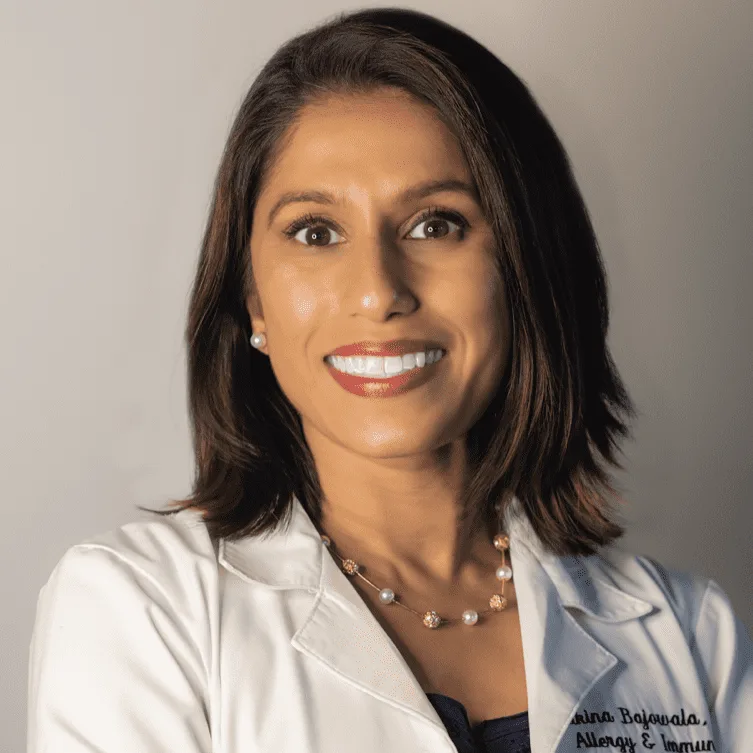White Button Mushroom
Fungi
Age Suggestion
6 months
Iron-Rich
No
Common Allergen
No

When can babies have white button mushrooms?
White button mushrooms may be introduced as soon as baby is ready to start solids, which is generally around 6 months of age.
A mushroom is neither a fruit nor a vegetable, but a fungus, a scientific classification that distinguishes it from plants and animals for its unique biological attributes. There are more than 2,000 known edible mushroom varieties on the planet, each with a distinctive smell and taste, but the button mushroom is the most widely consumed. Either brown or white depending on the strain, the ubiquitous button mushroom goes by different names—baby bella, champignon, and cremini, to name a few—and when it grows to full maturity, it is marketed as a portobello.
Are white button mushrooms healthy for babies?
Yes. White button mushrooms offer a dash of protein and carbohydrates, in addition to fiber, fluid, folate, potassium, selenium, zinc, and vitamins B6 and C. These nutrients help support baby’s gut microbiome, hydration, brain development, electrolyte balance, hormone health, metabolic processes, and iron absorption. These mushrooms also contain some phytonutrients that may offer antioxidant, anti-bacterial, anti-inflammatory, and anti-cancer properties.
Make sure to buy mushrooms from a reputable source and avoid foraged mushrooms unless an expert mycologist has confirmed they are safe to eat, as there are plenty of poisonous look-a-like species growing in the wild.
Are white button mushrooms a common allergen?
No. Mushroom allergy is rare, although not unheard of. That said, mushrooms contain chitin, a common carbohydrate also found in crustaceans and insects that may contribute to an allergic response. Spores released by many mushrooms can be allergenic and cause problems for people with respiratory issues or sensitivities to airborne allergens. Individuals with Oral Allergy Syndrome (also called pollen food allergy syndrome) may also be sensitive to mushrooms. Oral Allergy Syndrome typically results in short-lived itching in the mouth and is unlikely to result in a dangerous reaction.
As you would when introducing any new food, start by offering a small quantity for the first few servings. If there is no adverse reaction, gradually increase the quantity over future meals.
Are white button mushrooms a choking hazard for babies?
Yes. White button mushrooms can be slippery and challenging for new eaters to break down in the mouth, and the stems can be round and firm, all qualities that can increase choking risk. To reduce the risk, prepare and serve white button mushrooms in an age-appropriate way as described in the How to Serve section. As always, make sure you create a safe eating environment and stay within an arm’s reach of baby during meals.
Learn the signs of choking and gagging and more about choking first aid in our free guides, Infant Rescue and Toddler Rescue.
Videos
How many meals per day should baby eat?
It’s flexible. Generally speaking, bring baby to the table at least once per day between 6 and 7 months of age, twice per day between 8 and 9 months of age, and 3 times per day starting at around 10 months of age. See our sample feeding schedules for details.
What are some great first foods for babies?
There are many wonderful options. Look for foods that are easy for baby to feed to themselves, that are low in choking risk, and that offer nutrients babies need, such as iron. Some of our favorite first foods include steamed broccoli, oatmeal, and mango pits. See more ideas in our guide, 50 Fantastic First Foods.
How do you serve white button mushrooms to babies?
Every baby develops on their own timeline, and the suggestions on how to cut or prepare particular foods are generalizations for a broad audience.
6 months old +:
Mix finely chopped, cooked white button mushrooms into foods that are easy for baby to pick up and munch on, such as egg strips, or mix into soft, scoopable foods like mashed vegetables or porridges.
9 months old +:
Serve chopped, cooked mushrooms mixed into cooked egg, bean or noodle dishes, and other foods as desired. At this age, baby’s pincer grasp will be developing, enabling them to pick up smaller pieces of food, like slices of cooked white button mushroom served on their own. Consider removing the stem to reduce choking risk.
18 months old +:
Serve chopped pieces or slices of cooked white button mushroom as desired in meals. At this age, you can also try serving thin slices of raw white button mushroom, if desired. You can also serve large sections or whole cooked white button mushrooms, just know that the texture can be challenging for toddlers to tear and chew, so expect some spitting. At this age, it is fine to leave the stems on cooked white button mushrooms, although cutting the stem in half lengthwise, so it is no longer round, can reduce choking risk.

Our Team
Written by
Expert Tips Delivered to Your Inbox
Sign up for weekly tips, recipes and more!
Copyright © 2024 • Solid Starts Inc





